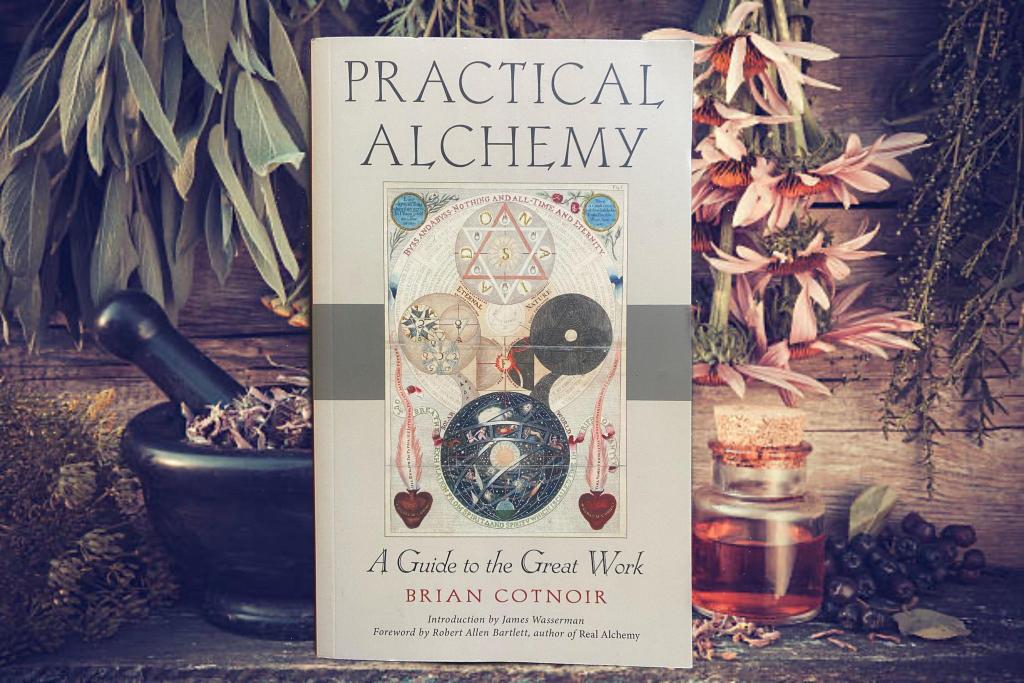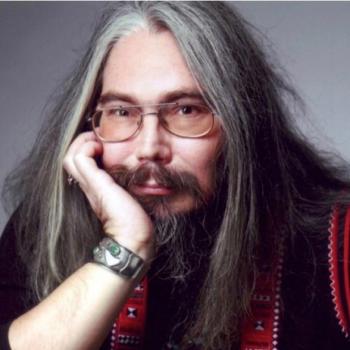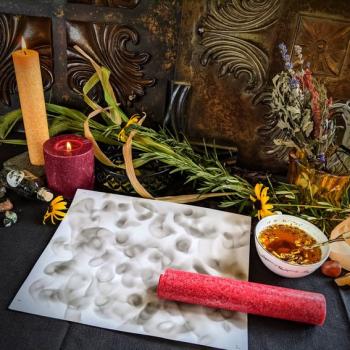Practical Alchemy

There are many reasons for a magical practitioner to need to perform basic alchemical preparations to supplement their work. Alchemy is an ancient sacred science that started out as a means of exploring the natural world, of co-creating with divine agency and to understand the hidden forces holding the universe together. All of this was to facilitate the spiritual transformation of the alchemist By performing these chemical processes, the alchemist is also alchemizing their soul. When incorporated in to a daily routine alchemical elixirs can strengthen the body, sharpen the mind and illuminate the spirit. Some alchemical preparations require more than what the average person has lying around their kitchen. However, there are some simple and powerful ways that one can begin working with these transformative processes. Alchemy formed the basis for what we known today as modern chemistry, and it has still left its mark on the modern science. Many of the scientific discoveries that seem so common place today were actually developed by alchemical practitioners. Double boilers, distillation and many of the techniques in traditional herbal medicine are the result of centuries of alchemical practices. The ancient alchemists saw the spiritual aspect of the physical world, and believed these spiritual forces adhered to physical laws just like the rest of our universe. The practice and study of alchemy can seem like a foreboding task, with its enigmatic language and time consuming processes, the modern practitioner may see it as being too archaic. However, there is much to be gained from an understanding of alchemical concepts, such concepts form the basis of western esoteric thought. This book provides a modern and concise guide to the ancient art, presenting a comfortingly simple breakdown of the important topics. Alchemy has picked up many influences from Ancient Egypt and Greece. Arabic alchemists has a major influence on the alchemical practices of medieval and Renaissance Europe. It is here that we start our journey, with an all too capable guide, in to the black lands of the Nile Delta. It is here in its shadowy past that the Great Work was born.
Brian Cotnoir is an alchemist, artist and filmaker. This book is a revised and reprinted edition of what was previously known as The Weiser Concise Guide to Alchemy. It was re-printed by Weiser/Red Wheel on July 1, 2021 and is available now. Cotnoir is adept and taking complex concepts and tedious alchemical texts, and presenting them in a way that is efficient and digestible to the modern reader, without sacrificing the importance of symbolic nuance.
“The famous Swiss physician and alchemist, Paracelsus, said that Alchemy is the art of separating the pure from the impure, the true from the false and that is what Brian Cotnoir has done for us concisely. If you are new to the study of Alchemy, or even if you’ve been around it for a while and need some additional guidance or inspiration, this is a book for you.”—From the foreword by Robert Allen Bartlett, author of Real Alchemy: A Primer of Practical Alchemy
We explore the history of alchemy and the development of hermetic laws which influenced the way alchemists perceived the world around them It was through understanding and working with the cycles of the natural world that spiritual development was achieved. Every alchemical process reflects some kind of spiritual concept or universal law about how matter, energy and spirit behave. Brain explains all of the most important alchemical texts and theories including encrypting certain esoteric truths in symbolic imagery and language. This is the vocabulary of the western esoteric traditions, and even if you are not going to practice alchemy this knowledge will only serve to enrich your spiritual development and your connection to nature.
Alchemy is a path to gnosis, or knowledge. It is a spiritual path rooted in the physical realm, seeking the spiritual through the mysteries of nature. After reading this book you will have a proficient understanding of key alchemical concepts and cosmology. One of the most important takeaways is the part about the planetary spheres. The way energy descends to Earth from the Sun and other planets influences all things on Earth, and is the source of determining our systems of correspondence. Brian also discusses the Tria Prima, Prima Materia and the Emerald Tablet, laying the ground work for the next section of the book which focuses on the practical side.
The Alchemist’s Laboratory
Beginning to research alchemy can be intimidating on its own. Aspiring alchemists quickly learn that in addition to learning a new symbolic language, one has to acquire a menagerie of alchemical apparatus. Retorts, alembics, and lots of piping are just scratching the surface of the available alchemical tools. This section begins with a chapter on “preparatory work.” This is setting the beginner up for success explaining which tools are most important and necessary, and which ones can be purchases later. There is no need to spend a fortune on antique chemistry equipment, there are many modern verisons of the same equipment available at an affordable price. One does not need to devote and entire wing of their house to practicing alchemy. Cotnoir has the foresight to point the reader in the right direction, explaining processes like calcination, crystallization and sublimation and how they can be achieved using relatively easy to acuire tools.
The Herbal Work
My favorite section of the book is the section on spagyric alchemy or the alchemy of plants. This is also the much user-friendly version of alchemy compared to working with heavy metals and caustic chemicals. in this chapter the reader will learn how to make a spagyric tincture, and the benefits of incorporating them into your daily routine. I recently took a class by Robert Bartlett, who wrote the forward to this book. Bartlett is a master alchemist, and his presentation was on creating the seven planetary elixirs. This section also goes over planetary preparations, the Primum Ens and herbal magistries; all fascinating topics.
The final section of the book begins with the famous Paracelsian adage, “the dose makes the poison,” something I hear and say all too frequently. Cotnoir goes over the creation of atstrological herbal medicines for their tonic, fortifying and detoxifying properties. There is also a section on “the mineral work,” which is compared to “terrestrial astronomy,” exploring the manifestations of planetary energies in the minerals of earth. The book is concluded with some useful tables on equipment and correspondences, leaving you with a firm understanding of what alchemy is, and how to go about beginning your practice.
To buy the book click HERE>
You can find more of Brian’s work, inlcuding come awesome zines and pamphlets on alchemy at khepripress.com
Robert Bartlett’s work, including upcoming classes can be found here spagyricus.com












